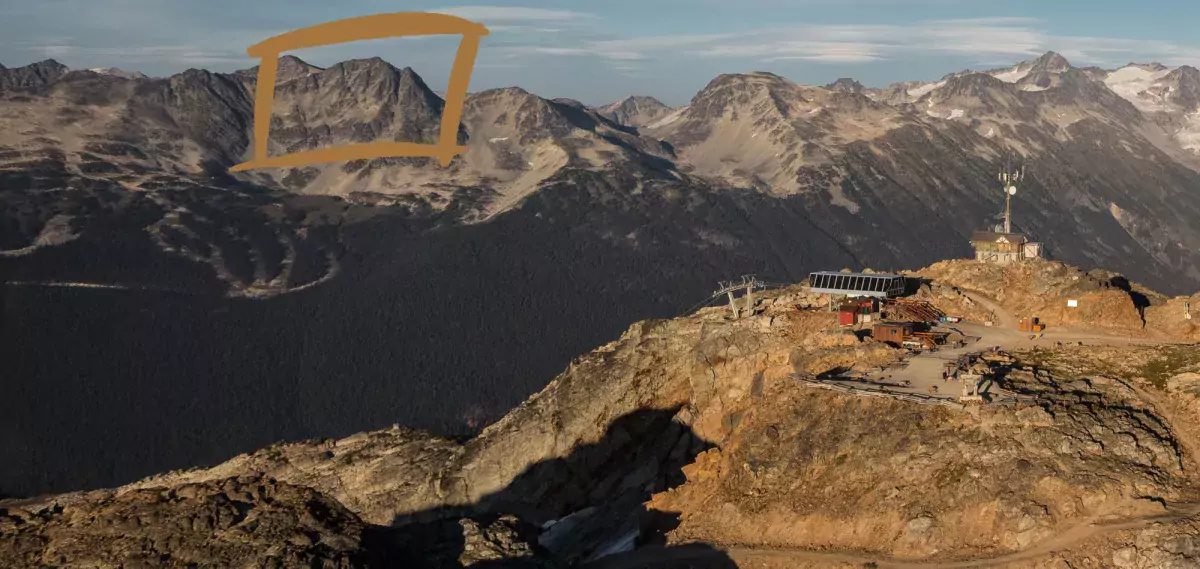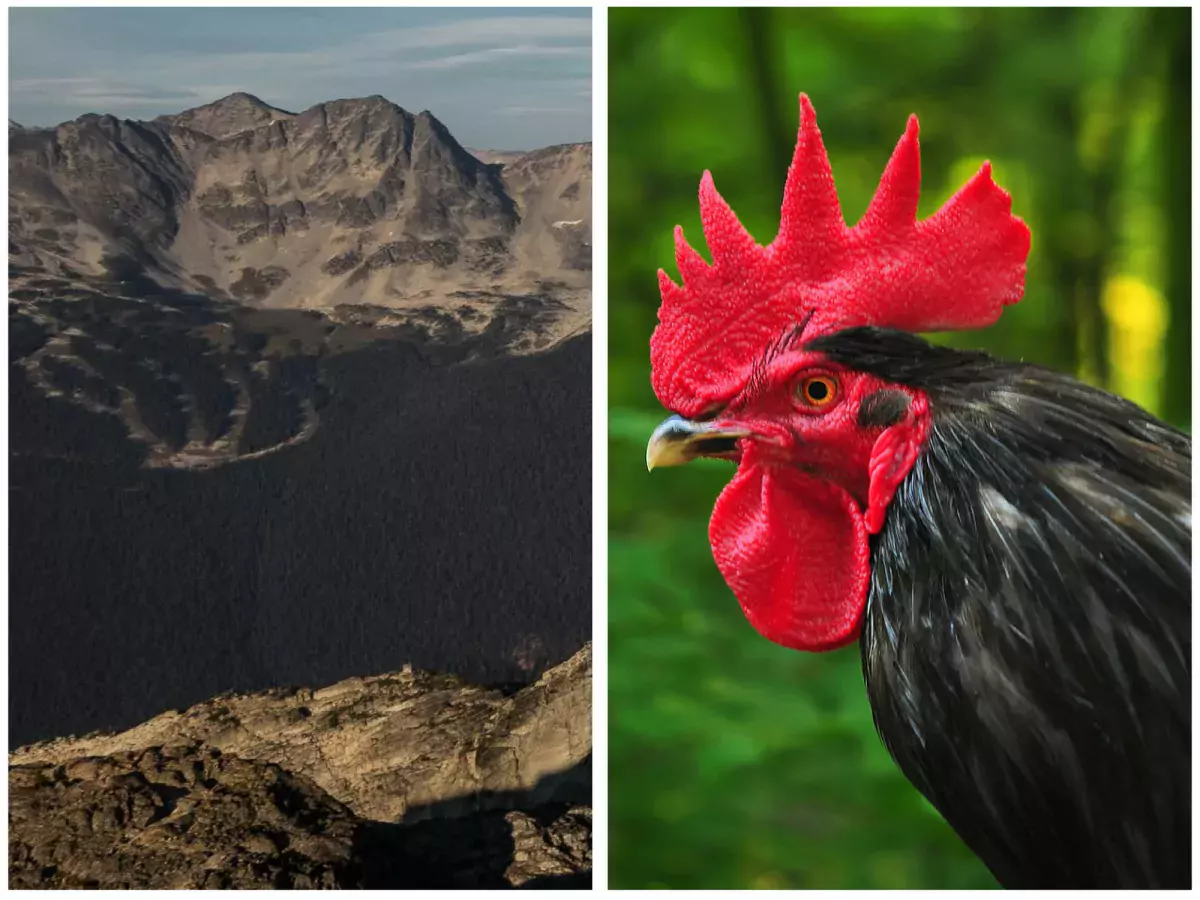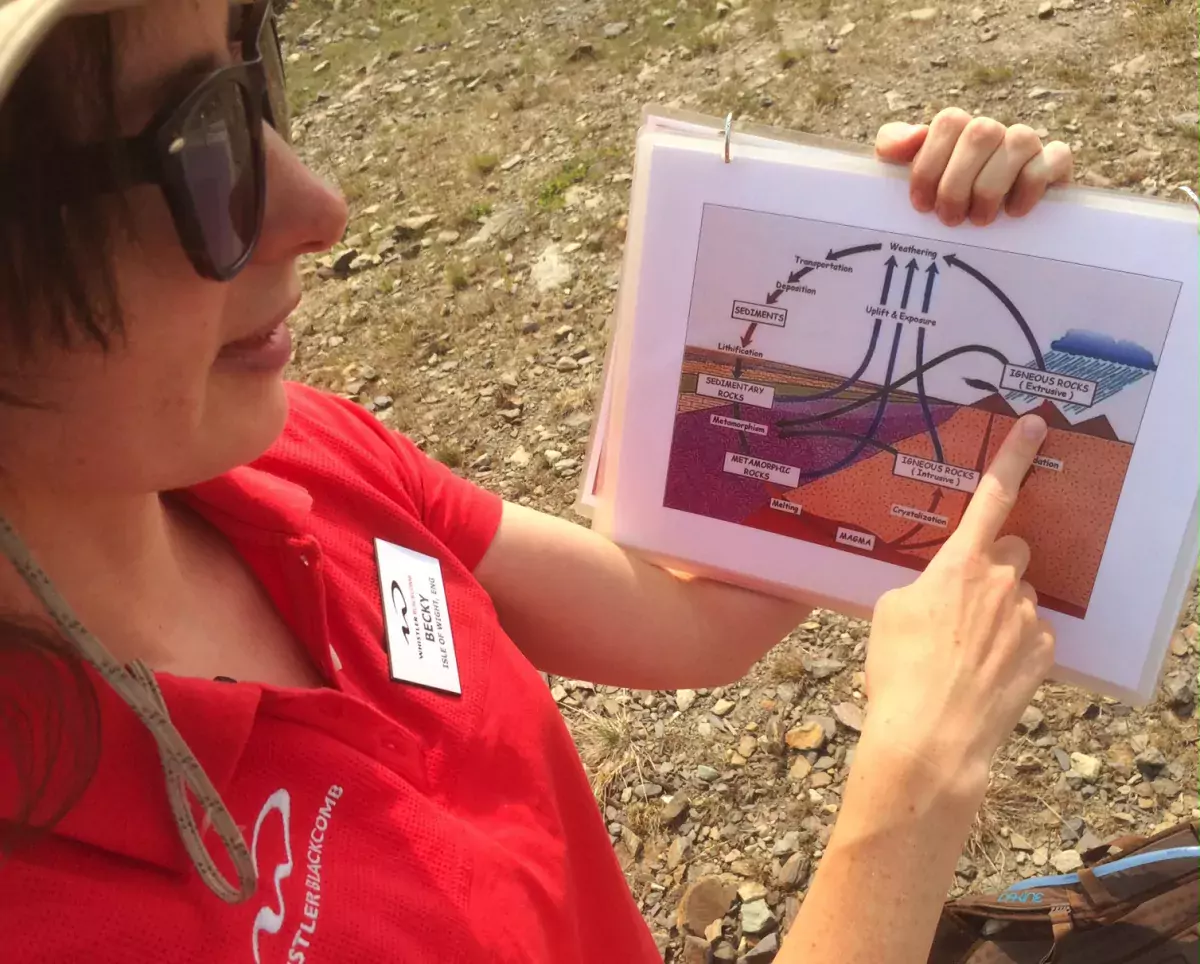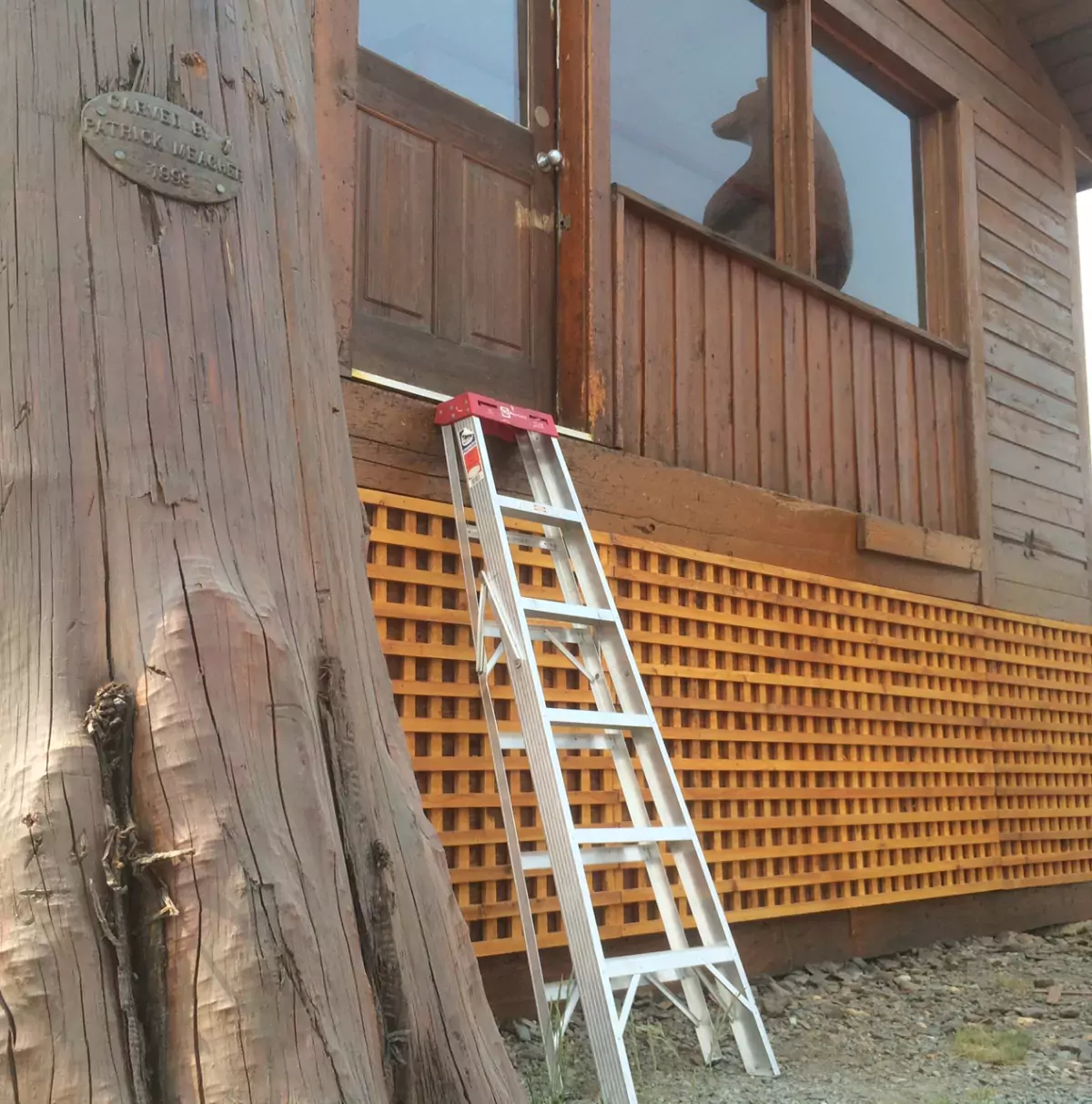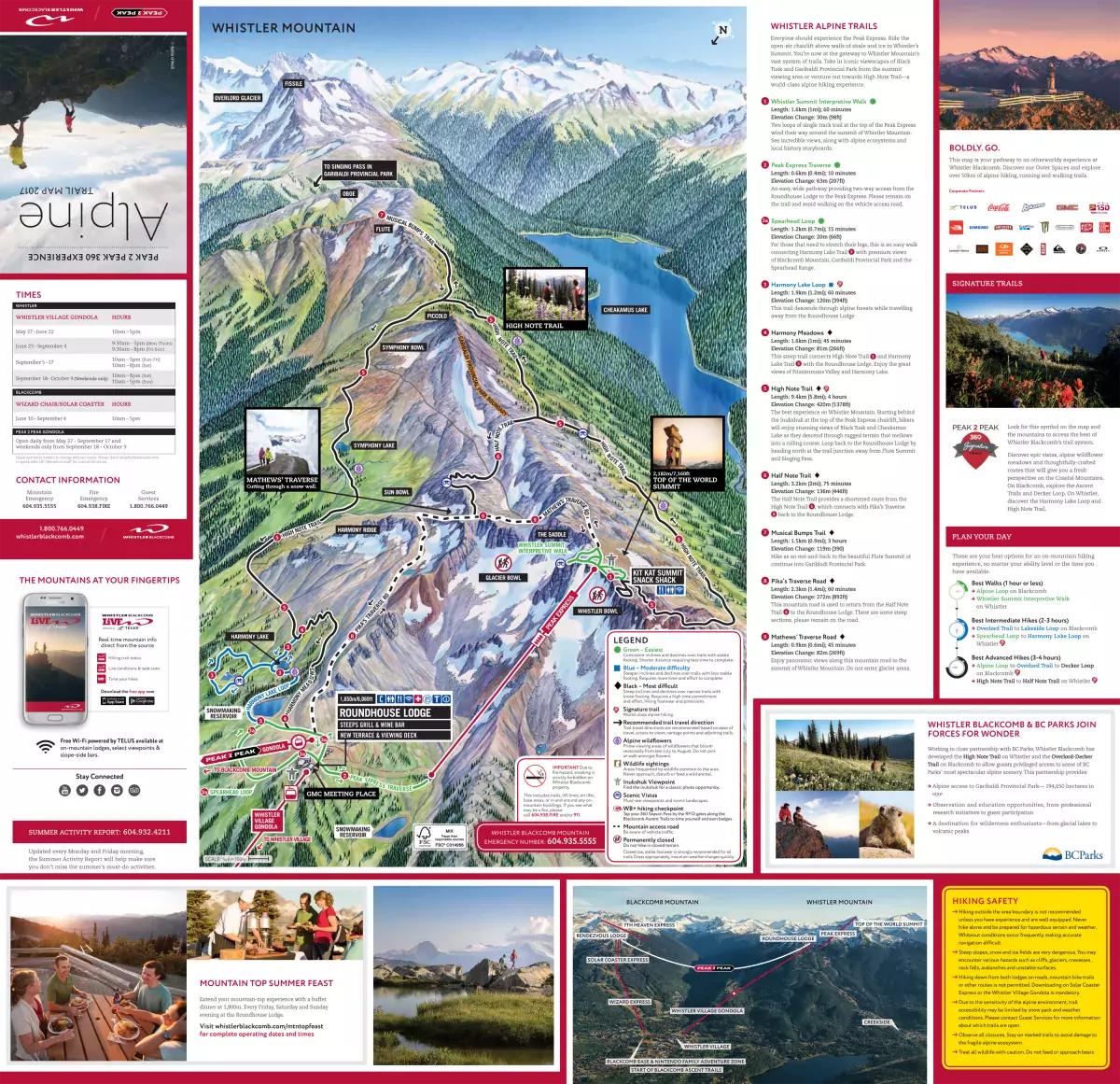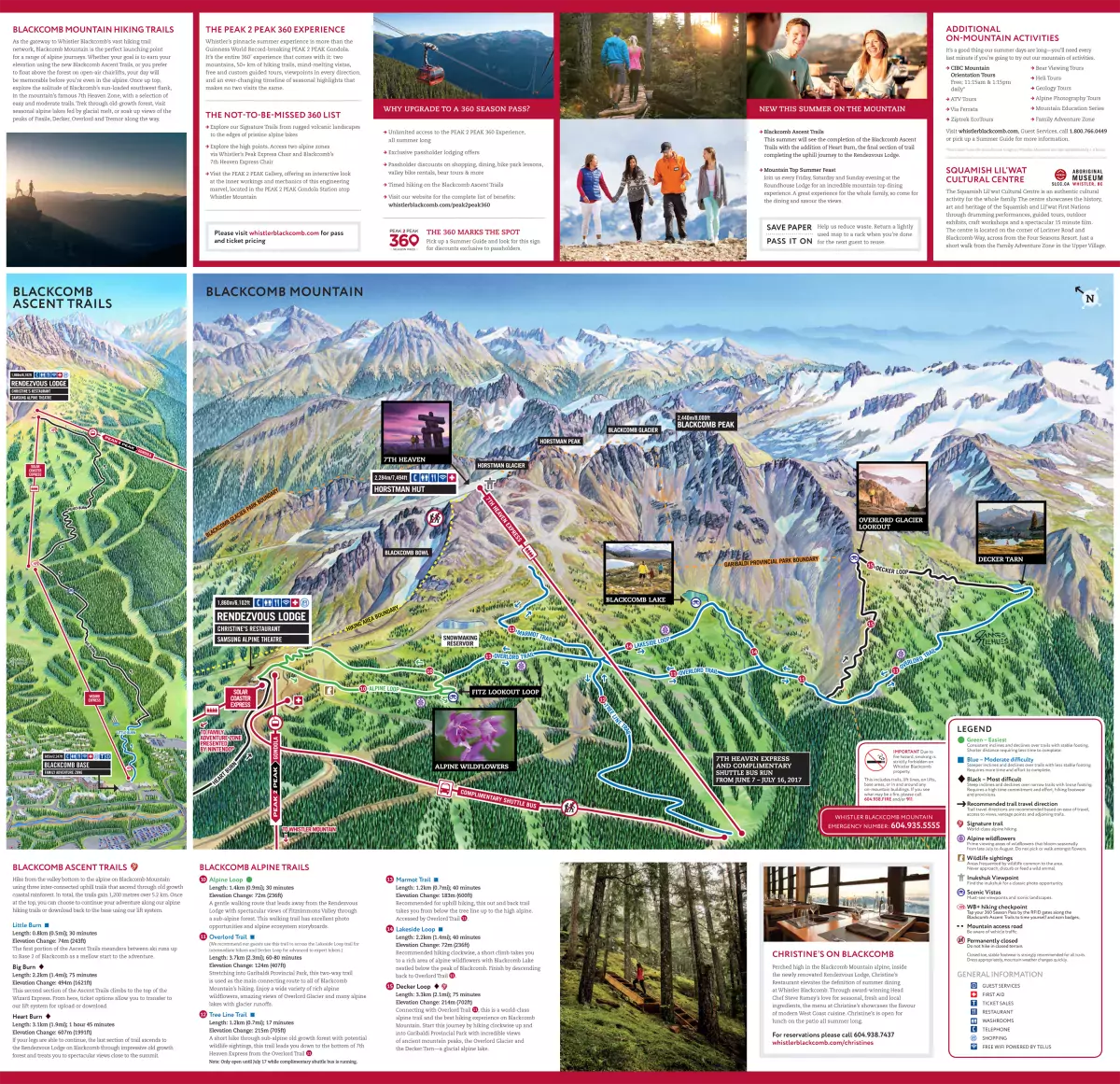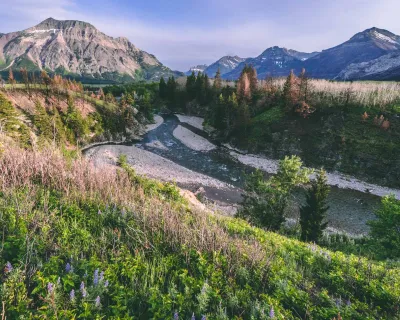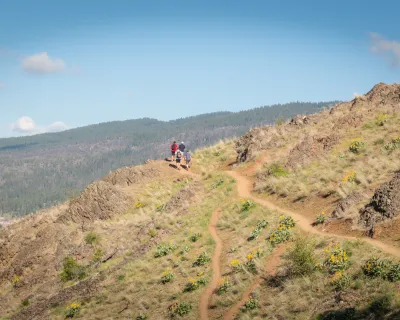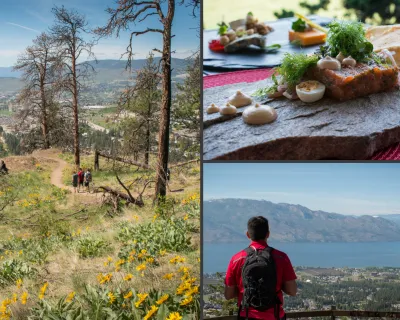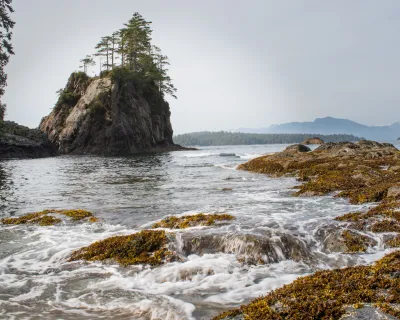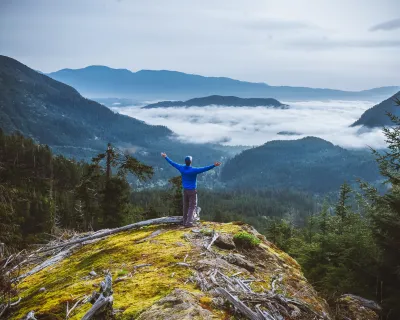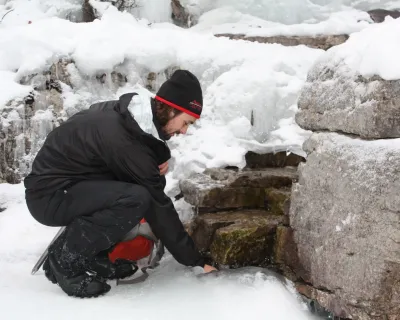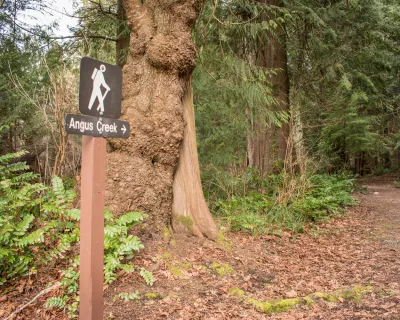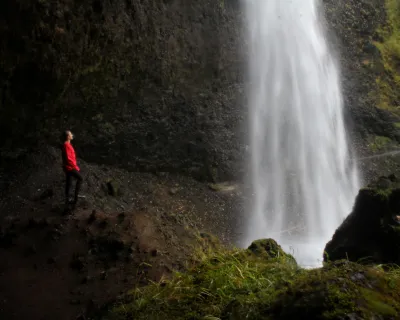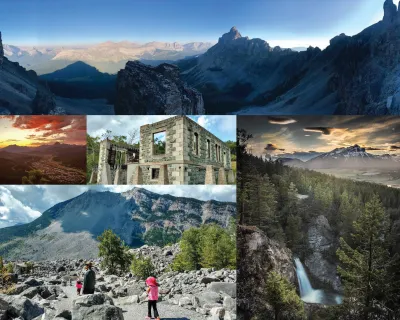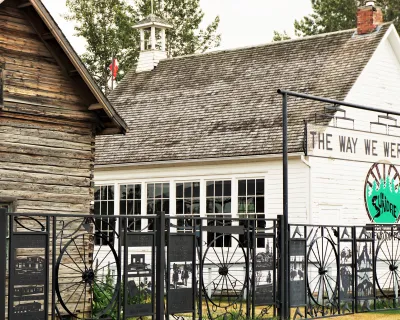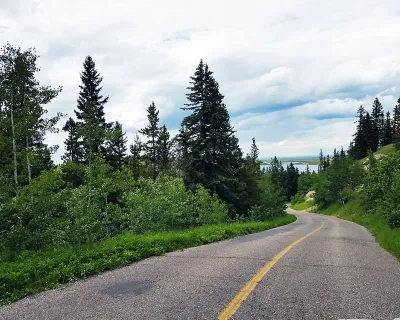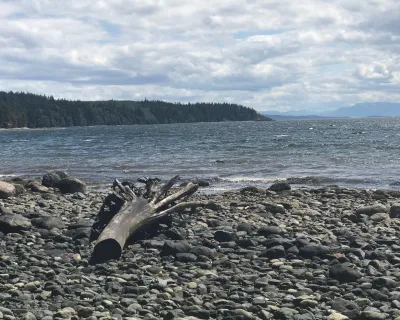The “Rock Mohawk” that is Blackcomb Mountain
DOC POW
WHISTLER - I’d been skiing at Whistler Blackcomb for 20 years without knowing how it got its name or why its peaks are so distinctive.
We know a lot of recent history has been made here – from hosting the world during the 2010 Olympic Games, Blackcomb Mountain pretty much gave birth to snowboarding and has set engineering records with the planet’s longest horizontal spanning gondola called the Peak 2 Peak.
But then I also discovered the way-back-when story – as in ancient history.
Looking across from the summit of Whistler Mountain to Blackcomb Mountain, you’ll see the famous ski zone of 7th Heaven. Look straight up and just over to the right and you’ll see the “Rock Mohawk” - and how this mountain's marquee got its name.
Blackcomb Mountain, on the other side of the Fisher Fault (that’s right, a fault, as in a fault line, which makes the Fisher Valley between Whistler and Blackcomb so prominent), goes back 150 million years.
“One of my favourite ‘did you knows?’ from this tour of Whistler Blackcomb, is telling the story of how Blackcomb gets its name,” says guide Becky Pritchard on our hike.
As a prairie kid from Winnipeg, who learned to ski on Blackcomb more than two decades ago, I was struck by a funny memory of tackling this mountain, hurtling down my uncle’s skis, called the “210cm POW rods.”
Yet, it wasn’t until this recent hike, a three-hour adventure called 2 Peaks 2 Past Into History, that I had truly learned the real back story of this mountain that I am so passionate about.
A combination of the colour black and a rooster’s “comb," as you can see when you look at the summit of Blackcomb, is how the peak scored its name.
“When you look to the top of the mountain you can see a “comb” to it, similar to what you’d see on a rooster, usually that red mohawk. While instead of red, Blackcomb’s is black,” Pritchard said.
“It’s not the rock on the summit that is black, it’s actually ancient lichen that has been allowed to grow, and over those millions of years of growth, that plant life which is lichen has gone black.”
Blackcomb got its name from a combo of wild things, while Whistler’s name is nature-based too, from the whistle sounds made by the marmots up here.
During my tour, I also learned how the ice age shaped these monoliths. Think about the days when you’re on a mountain summit, looking out and only seeing a sea of peaks, pointing up into the sky. During the ice age, those clouds would have been ice, far as the eye can see.
A sea of ice stretched all along B.C.’s coastal mountain range, but with these same peaks pointing out. This explains why when you look at Blackcomb, it has that jagged comb or “mohawk of rock” as its’ summit sat above that ice. But when you see the lower peaks – apart from Whistler’s summit – they are not so sharp because the ice rounded off those mountaintops.
Whistler Blackcomb geology interpreter Becky Pritchard explains how the mountain we are standing on was formed millions of years ago.
The team at Whistler Blackcomb have transformed the summer hiking experience into something epic. Pritchard and I met in the village and three hours later, we had toured two mountains, taken a ride on the world’s longest gondola and dangled our legs in the breeze as we coasted our way down Blackcomb mountain.
Hiking into the geology and ecology of Whistler Blackcomb allows you to not only learn how the mountains were formed, but also how much snow falls every year. Next to “snow indicators” like this, wait until you get an eyeful of legendary ski runs like Shale Slope on Whistler or the Sudan Couloir on Blackcomb.
ZenSeekers’ 5 top hiking tips @WhistlerBlackcmb:
-
All ages can head up for the 2 Peaks 2 Pasts hike or just head up there on your own (trail maps are everywhere and it's very well signed). Our suggestion is to take the gondola up from Whistler, then head across on the Peak 2 Peak and then take the chairlift down on Blackcomb. It's how to make the most of the scenery.
-
Buy your hiking pass at least two days in advance to save some money. Or, you can pick up a season’s hiking pass for around $80.
-
Lineups in the village can get intense to get on the Whistler Gondola. Hint: just do ZenSeekers’ No. 1 suggestion in reverse starting from Blackcomb’s base.
-
Whistler Blackcomb offers several adventures on the mountain, including bear tours, the Via Ferrata and the tour experienced in this story called the 2 Peaks 2 Pasts - Hike into history.
-
Take the chairlift to the Peak and summit Whistler! It’s about a 1.5-hour hike back down to the top of the gondola station (looking out back off Whistler to the famous Black Tusk in the distance). This WB video shows you what to expect on your visit.
If you go
The hiking season runs full time through Sept. 9, and then goes into weekend mode through October. Whistler gets quieter in the fall, so you’ll likely find deals in Whistler Blackcomb’s accommodations sections.
Explore more. Check out Whistler Blackcomb’s hiking trail map:
Like Our Facebook Page

